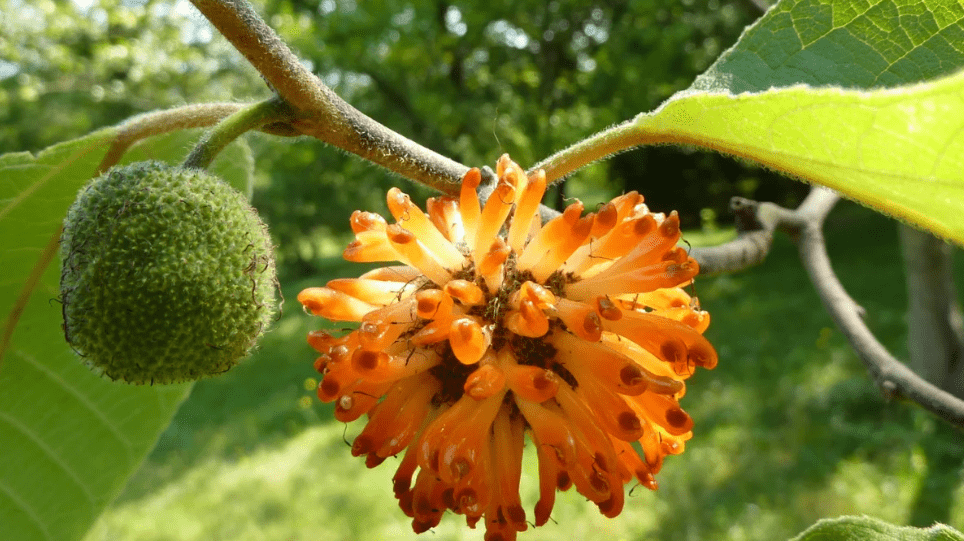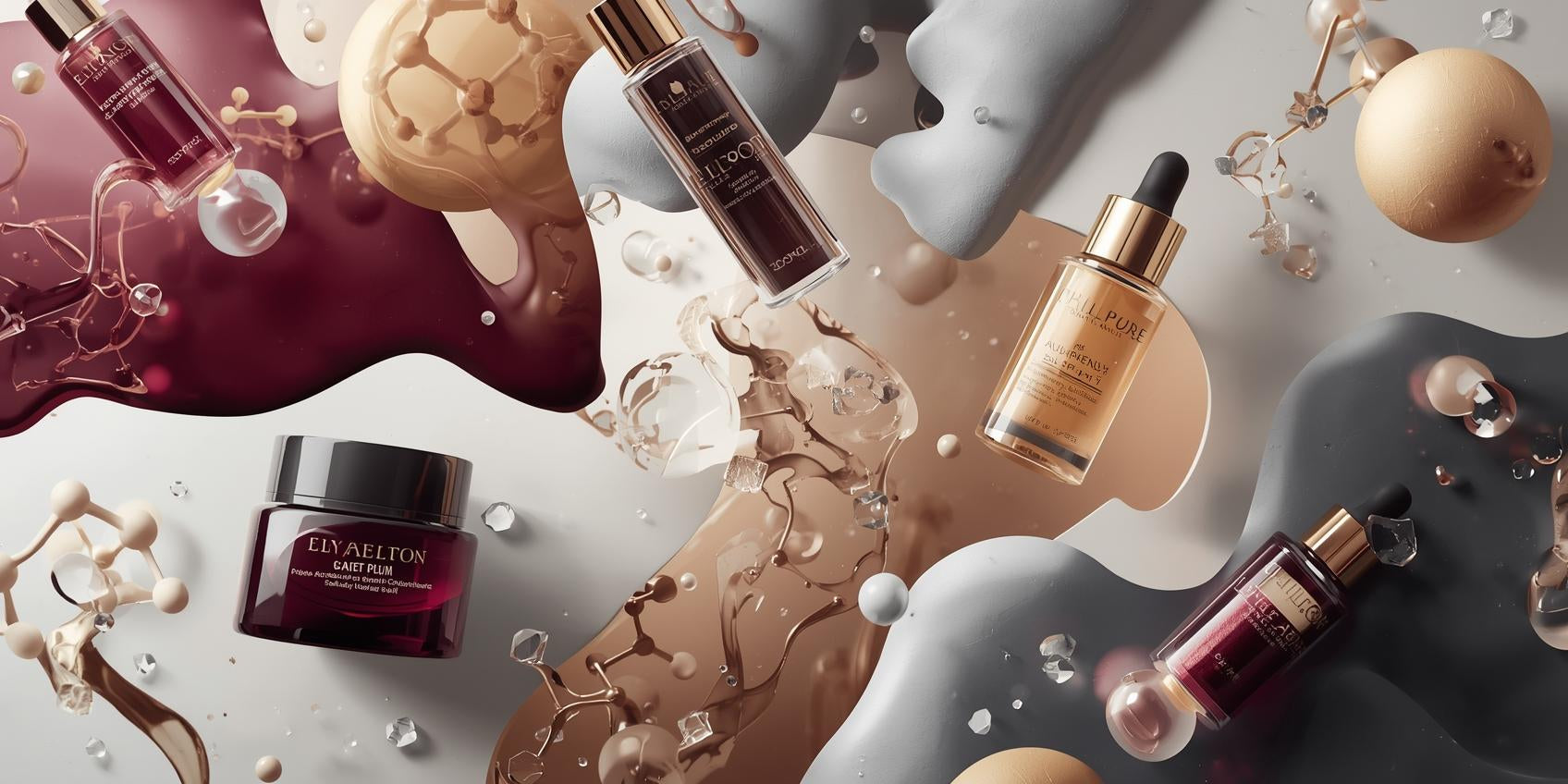Neem, scientifically known as Azadirachta indica, is a tree native to the Indian subcontinent and Southeast Asia, widely used in traditional Ayurvedic and Unani medicine for thousands of years. The extracts obtained from its leaves, seeds, bark or twigs—commonly listed in cosmetic INCI as Azadirachta indica Leaf Extract, Azadirachta indica Seed Extract, or broadly “Neem Extract”—are now incorporated into skincare and personal care formulations for their multifunctional properties.
What it does
-
Antimicrobial & anti-acne support: Neem extract is well-documented for its antibacterial, antifungal and antiviral capabilities: limonoids (such as azadirachtin), triterpenoids (like nimbin), flavonoids and phenolics all contribute. In the skin context, this translates into help for acne-prone skin, breakouts, clogged pores, and supportive cleansing formulas.
-
Anti-inflammatory & soothing: Many of neem’s active compounds exhibit anti-inflammatory behaviour (modulating NF-κB, reducing cytokine activity) and therefore support skin that is irritated, sensitive or experiencing inflammatory responses.
-
Antioxidant & barrier support: Neem’s bioactives provide free-radical scavenging capacity, which aids in protecting skin from oxidative stress and helps support healthier skin barrier function.
-
Oil-balance & complexion clarity: In formulas targeting oily or blemish-prone skin, neem extract can assist with sebum regulation, pore-refinement, and support for clearer skin.
-
Texture & tone support: Traditional uses and emerging data suggest that neem may help with tone-evening, minimising appearance of marks/scars and smoothing texture through its combined antimicrobial, anti-inflammatory and healing-support properties.
Suitability & Skin Types
Neem extract is highly versatile and finds application in products for:
-
Oily, combination & blemish-prone skin, owing to its sebum-balancing and antimicrobial benefits
-
Sensitive or reactive skin, where soothing and anti-inflammatory support is needed
-
Maturing skin in need of antioxidant protection and barrier-reinforcement
-
Scalp and hair care (via either extract or oil forms) for dandruff-prone or irritated scalps.
However, because neem is bioactive, patch testing is advised—especially for very sensitive skin—to check for potential irritation or allergic reaction.
Formulation Considerations & Complementary Actives
-
INCI name: Common declarations include Azadirachta indica Leaf Extract, Azadirachta indica Seed Extract, or simply Neem Extract.
-
Typical usage levels: Vary based on extract concentration and supplier specification; many formulations use neem extracts in modest percentages (e.g., ~0.5–5 %) where they serve supportive/functional roles.
-
Vehicle compatibility: Neem extract can be used in aqueous, glycol or emulsion systems (serums, creams, lotions, cleansers, masks).
-
Processing & stability: As with many botanical extracts: protect from light, heat and oxidative degradation. Use appropriate chelators or antioxidants if required.
-
Complementary actives:
-
Salicylic acid / BHA for synergistic effect in acne-blemish formulas
-
Niacinamide for barrier support and toning
-
Zinc PCA or tea tree oil for blemish/oil control synergy
-
Ceramides or squalane for soothing and barrier reinforcement
-
Mild lactic acid or other gentle exfoliants for texture-related formulations
-
Scent, Colour & Sensory Profile
Neem extract typically presents as a yellow-to-amber liquid (depending on extraction medium) with a characteristic earthy, somewhat herbaceous aroma—less strong than pure neem oil but still noticeable. In formulations, the scent may be mild-to-moderately present; formulators often mask or balance it with light natural botanicals or aromatic profiles.
Sustainability & Sourcing
Neem trees are hardy and grow in arid, semi-arid regions, often under low-input conditions. Sourcing extracts from responsibly managed neem plantations supports sustainable agriculture and biodiversity in rural areas of India/SE Asia. Certifications (organic, fair trade) and traceability back to specific farms or cooperatives are valuable. Also, using parts like leaves or seeds (rather than clear-cutting trees) helps maintain ecological balance. Brands may emphasise traditional Ayurvedic heritage and ethical harvesting in their sourcing storytelling.
Labelling & Claims
-
Label declaration: Example: “Azadirachta indica Leaf Extract” or “Neem Extract”.
-
Consumer-friendly name: “Neem Leaf Extract”, “Neem Botanical Extract (Azadirachta indica)”.
-
Potential claims (depending on region/ substantiation):
-
“Helps control blemish-causing bacteria and supports clearer skin.”
-
“Calms skin and supports a healthy-looking complexion.”
-
“Rich in botanical actives to help protect skin from environmental stress.”
-
“Helps refine appearance of pores and supports balanced, oily-prone skin.”
-
-
Claim cautions: Avoid overpromising (“erases acne overnight”) — better phrasing is “helps reduce the appearance of” or “supports” etc.
-
Marketing positioning: Leverage neem’s heritage (“traditional Ayurvedic tree of skin health”), its multi-functional nature (blemish & barrier & oil-balance) and botanical lens (“plant-derived remedy”).
Properties
Hair nourishment, Anti dandruff, Anti-fungal, Anti tick, flea and lice
INCI Name
Azadirachta indica Leaf Extract




